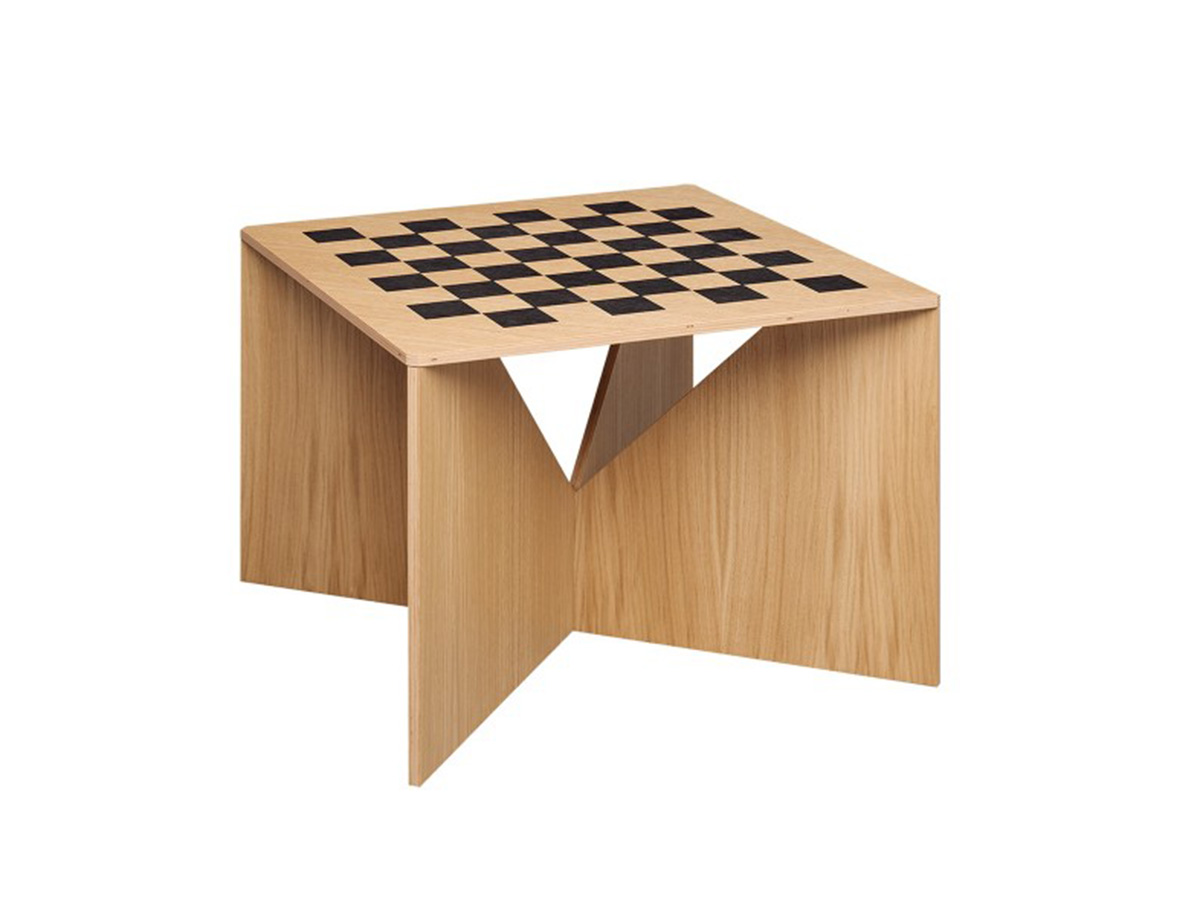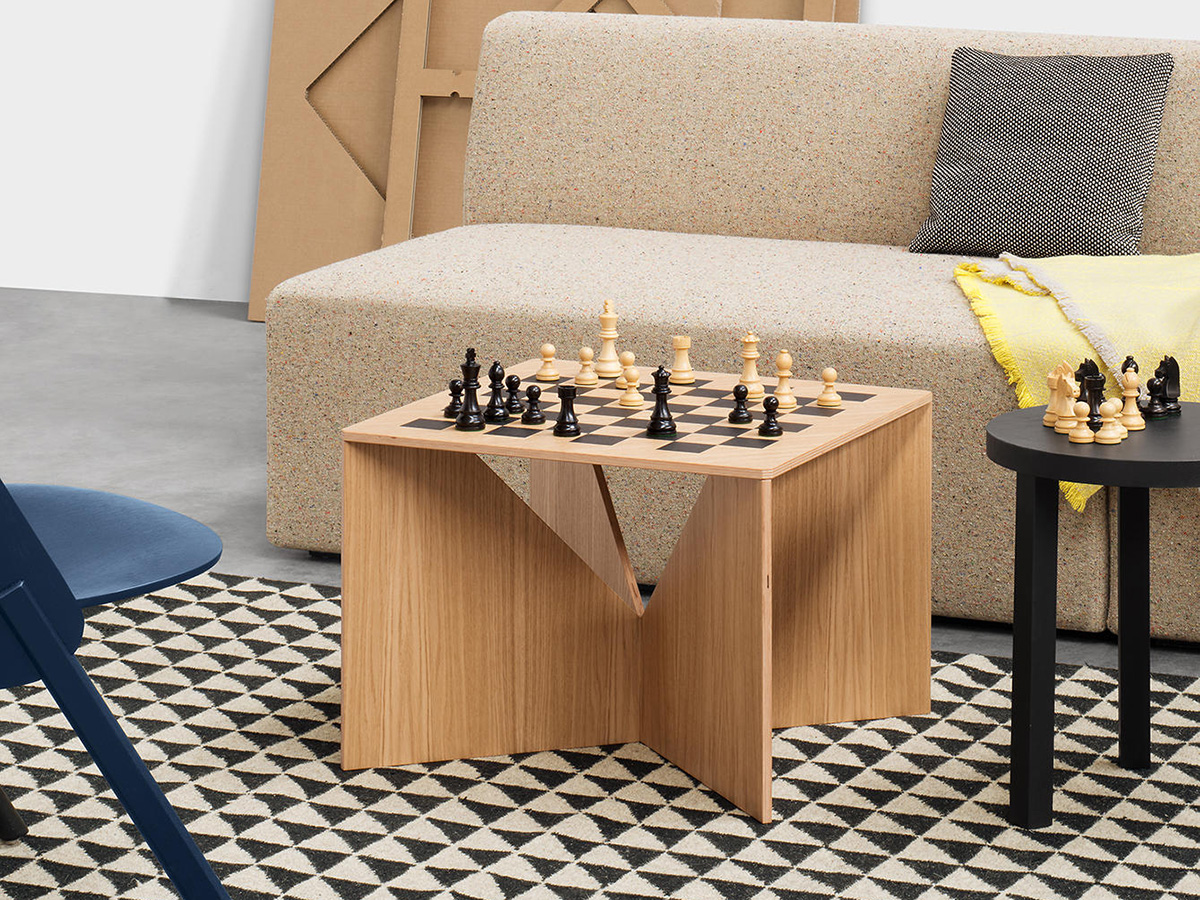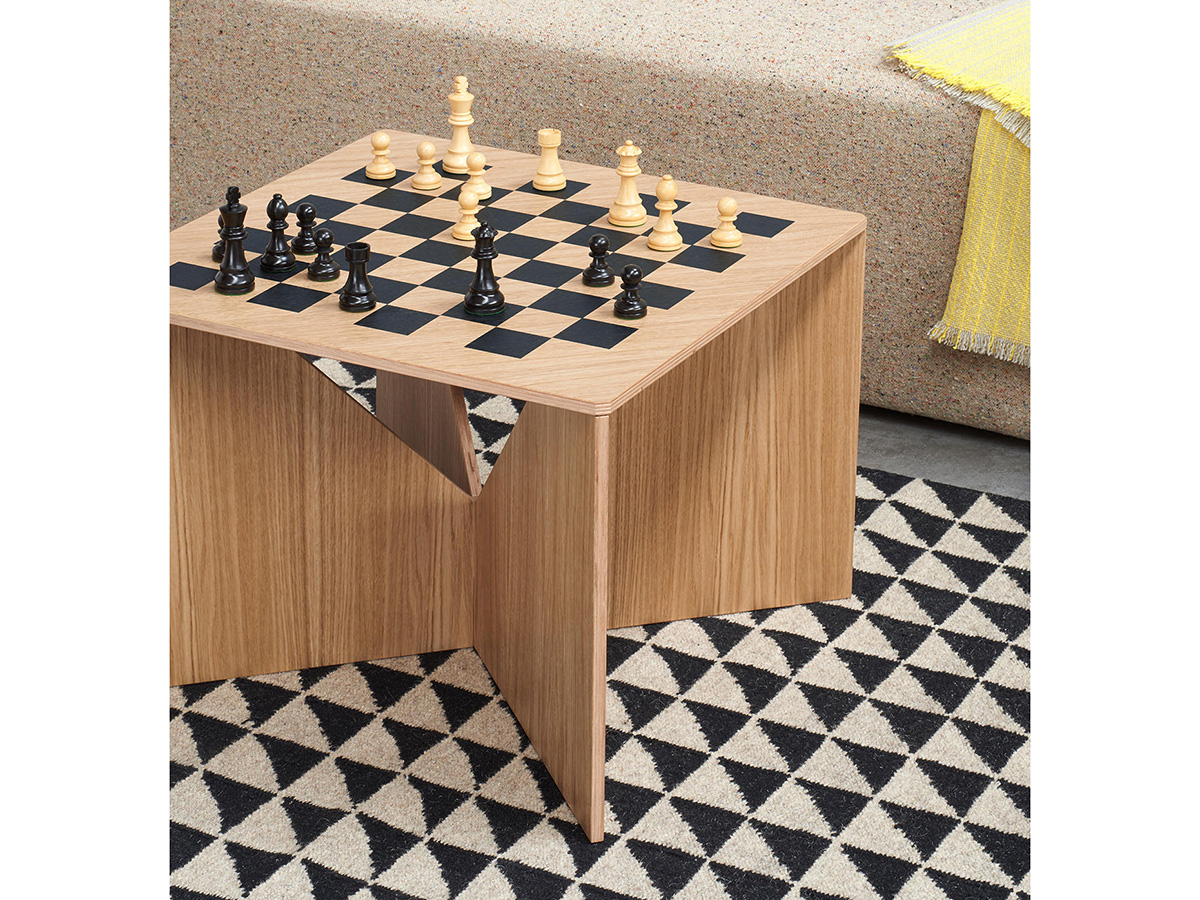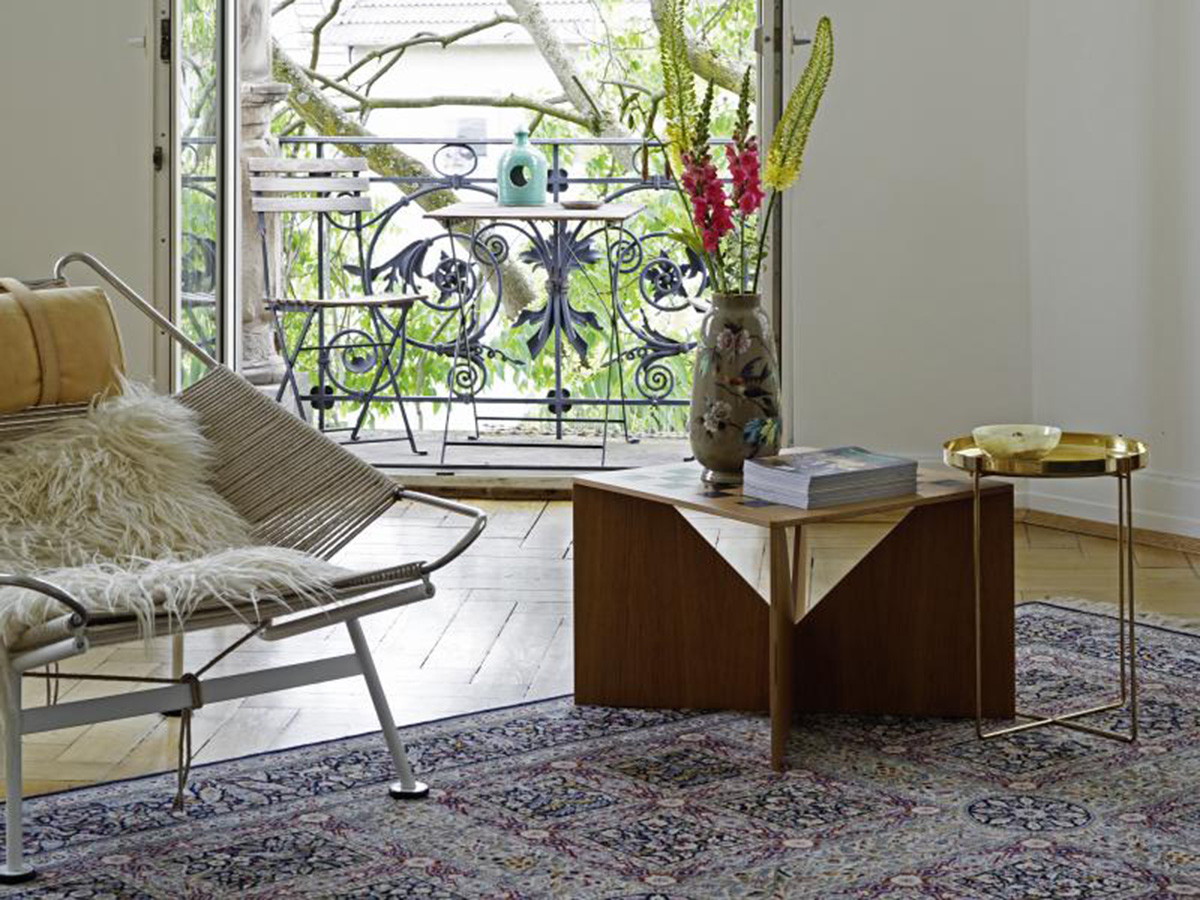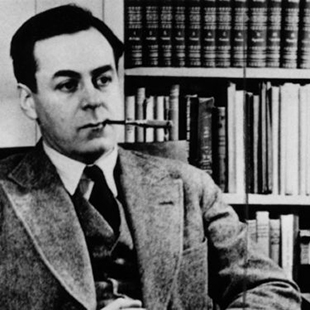E15
Calvert Chess Coffee Table
Price starting from € 939,00*
*Price valid for the version in transparent lacquered oak.
From the world of Ferdinand Kramer coffee tables comes Calvert, a piece of furniture with an unconventional design that combines play, function and a certain amount of imagination. Specifically, Calvert Chess appears to be inspired by the world of chess as the top is structured to conform into a real chessboard. This particular model was created to celebrate 120 years of Ferdinand Kramer and takes advantage of a Kramer cardboard picnic version originally proposed for Coca-Cola in 1951. This new model features the design screen-printed on natural or neon red lacquered oak. Ideal for those who want to furnish with taste but also a pinch of originality.
W.55 x D.55 x H.40 cm
Salvioni Design Solutions delivers all around the world. The assembly service is also available by our teams of specialized workers.
Each product is tailor-made for the personal taste and indications of the customer in a customized finish and that is why the production time may vary according to the chosen product.
To discover the full range of services available, visit our delivery page.
Personalize your request
Finishing
Select
Select
Select
In the furniture signed e15, the solidity and warmth of traditional solid wood melt the solid rigor of German design typical forms, in a modern and effective combination that gives new life to the oldest of furnishing materials. The essential nature close to the minimalism of its products accompanies a strong vocation to eco-sustainability that permeates all production processes. Among tables, coffee tables, chairs and stools, the dining area furniture plays an important part in the e15 catalog, but it is also completed by a wide selection of storage units, beds, lamps and accessories.Read more
Designed by
Ferdinand Kramer
Ferdinand Kramer (1898-1985), a German architect and designer, was one of the pioneers of modernism and is today best remembered for his minimalist furniture, which has now been reissued in a successful series of re-editions by the e15 brand. The son of the owner of the most famous hat shop in Frankfurt, Kramer's youth was marked by the tragic events of the First World War, which forced him to give up part of his higher education to enlist and fight at the front in Russia and France. Upon his return, he studied for a semester at the Bauhaus, which he then abandoned to continue his studies in Munich under Theodor Fischer. From 1920 to 1933, he was a member of the Deutscher Werkbund, an association that promoted a convergence between applied arts and new industrial production methods; in this capacity, some of the furniture he created was exhibited at the legendary Weissenhof exhibition in 1927, curated by Ludwig Mies van der Rohe for the Werkbund, which is considered one of the milestones in the foundation of the modernist style. Much of his activity as an architect was concentrated in his native Frankfurt, where from 1925 to 1930 he assisted Ernst May in the construction of the Neues Frankfurt public housing complex. Disliked by the Nazi Party, in 1937 his architectural license was revoked and he therefore chose to emigrate to America, where he made a name for himself, among other things, for the design of a series of knock-down furnishings, a prefiguration of the now famous “IKEA model”. He then returned to Frankfurt in 1952 to take up the role of director of construction at the local Goethe University Frankfurt, a role he held until 1964 that allowed him to create over twenty university structures in collaboration with a team of young architects.Read more
